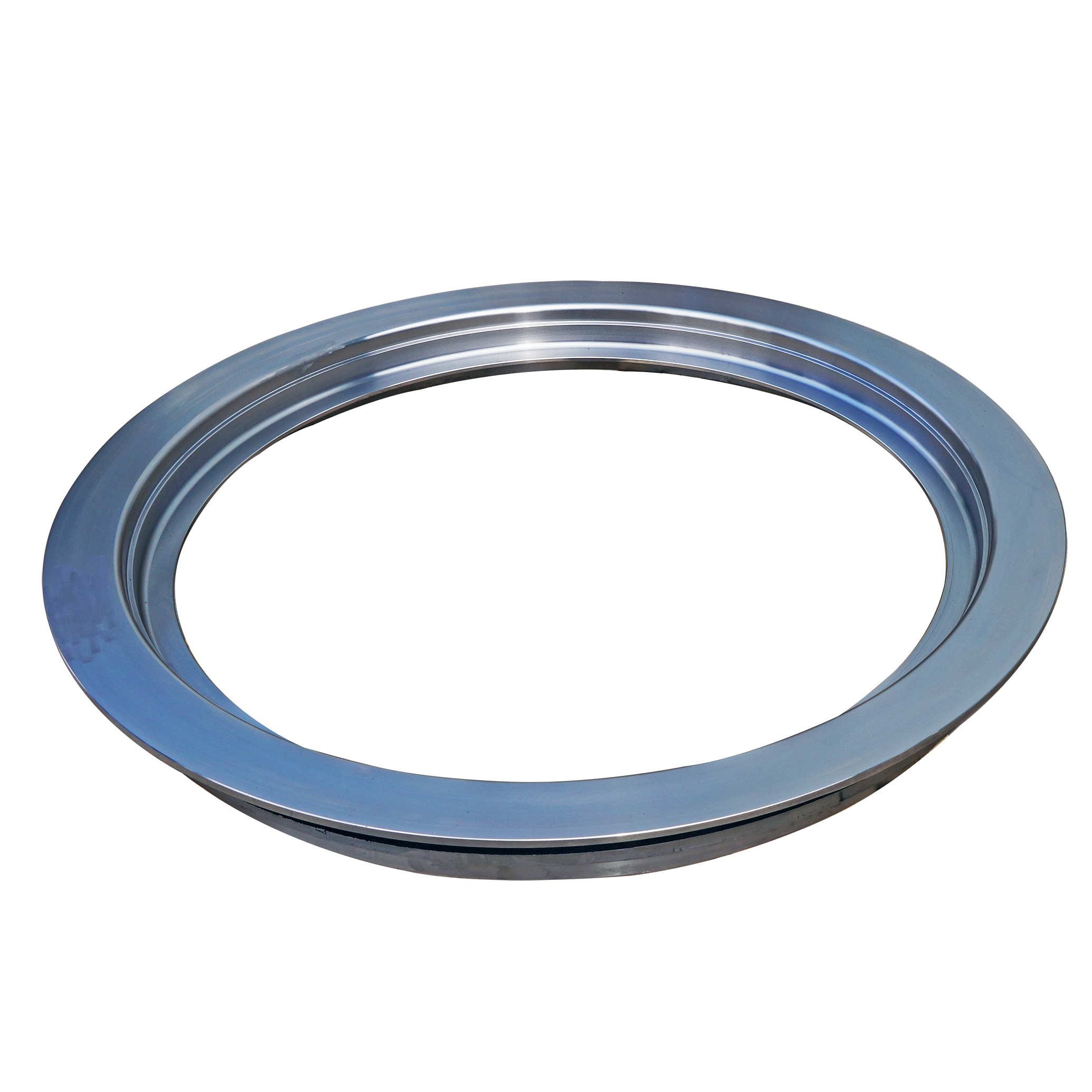- Afrikaans
- Albanian
- Amharic
- Arabic
- Armenian
- Azerbaijani
- Basque
- Belarusian
- Bengali
- Bosnian
- Bulgarian
- Catalan
- Cebuano
- China
- China (Taiwan)
- Corsican
- Croatian
- Czech
- Danish
- Dutch
- English
- Esperanto
- Estonian
- Finnish
- French
- Frisian
- Galician
- Georgian
- German
- Greek
- Gujarati
- Haitian Creole
- hausa
- hawaiian
- Hebrew
- Hindi
- Miao
- Hungarian
- Icelandic
- igbo
- Indonesian
- irish
- Italian
- Japanese
- Javanese
- Kannada
- kazakh
- Khmer
- Rwandese
- Korean
- Kurdish
- Kyrgyz
- Lao
- Latin
- Latvian
- Lithuanian
- Luxembourgish
- Macedonian
- Malgashi
- Malay
- Malayalam
- Maltese
- Maori
- Marathi
- Mongolian
- Myanmar
- Nepali
- Norwegian
- Norwegian
- Occitan
- Pashto
- Persian
- Polish
- Portuguese
- Punjabi
- Romanian
- Russian
- Samoan
- Scottish Gaelic
- Serbian
- Sesotho
- Shona
- Sindhi
- Sinhala
- Slovak
- Slovenian
- Somali
- Spanish
- Sundanese
- Swahili
- Swedish
- Tagalog
- Tajik
- Tamil
- Tatar
- Telugu
- Thai
- Turkish
- Turkmen
- Ukrainian
- Urdu
- Uighur
- Uzbek
- Vietnamese
- Welsh
- Bantu
- Yiddish
- Yoruba
- Zulu
Aug . 19, 2024 02:41 Back to list
High Pressure Shell and Tube Heat Exchanger Design and Performance Optimization Techniques
High-Pressure Shell and Tube Heat Exchanger An Overview
Heat exchangers are crucial components in various industrial processes, serving to transfer heat between two or more fluids at different temperatures. Among the diverse types of heat exchangers, the high-pressure shell and tube heat exchanger stands out as a key equipment in sectors such as oil and gas, chemical processing, and power generation due to its ability to handle extreme operating conditions.
A shell and tube heat exchanger consists of a series of tubes, one set carrying the hot fluid and the other the cold fluid. The design typically involves a bundle of tubes housed within a cylindrical shell, allowing for efficient heat transfer across the tube walls. High-pressure applications necessitate a robust design to withstand the stresses induced by elevated pressures and temperatures.
Design Considerations
When designing a high-pressure shell and tube heat exchanger, several factors must be considered to ensure its efficiency and durability. The selection of materials is critical; materials must have high strength and corrosion resistance to withstand both the pressure and the corrosive nature of the fluids involved. Common materials include stainless steel, titanium, and nickel alloys, depending on the operating environment.
The arrangement of tubes also plays a significant role in the heat exchanger's performance. Tube layout patterns, such as triangular or square arrangements, can influence the flow dynamics and heat transfer efficiency. Additionally, the thickness of the tubes must be carefully calculated to prevent deformation and failure under high-pressure conditions.
Performance Optimization
high pressure shell and tube heat exchanger

To optimize the performance of a high-pressure shell and tube heat exchanger, engineers often employ methods like enhanced heat transfer surfaces, which may include patterned or corrugated tubes. These enhancements increase the turbulence of the fluid flow, promoting better heat exchange efficiency. The use of temperature difference optimization and flow rate adjustments further aids in maximizing the heat exchanger's effectiveness.
Regular maintenance and inspection are vital for the longevity of high-pressure heat exchangers. High pressure and temperature can lead to issues such as fouling, erosion, and corrosion over time. Implementing effective cleaning strategies, like chemical cleaning or mechanical cleaning methods, helps maintain optimal heat transfer efficiency.
Applications
High-pressure shell and tube heat exchangers are extensively used in various applications. In the oil and gas industry, they are commonly found in the cooling and heating stages of oil refining processes. These heat exchangers facilitate the transfer of heat between crude oil and other process fluids, helping to optimize the production efficiency.
In chemical processing, high-pressure shell and tube heat exchangers are used to manage exothermic and endothermic reactions, ensuring that temperature control is maintained for optimal reaction conditions. Similarly, in the power generation sector, these heat exchangers play a crucial role in waste heat recovery systems, contributing to improved energy efficiency by capturing and reusing exhaust heat.
Conclusion
In summary, high-pressure shell and tube heat exchangers are vital components in many industrial applications where effective heat transfer in extreme conditions is necessary. Their robust design, material selection, and performance optimization strategies are pivotal in ensuring their reliability and efficiency. As industries continue to push the boundaries of operational pressures and temperatures, the development and refinement of these heat exchangers remain crucial to fostering innovation and sustainability in thermal management solutions.
-
8mm Thin-Walled Cast Steel Manhole Cover Pallet Bottom Ring | Durable
NewsAug.04,2025
-
Premium Cast Iron Water Main Pipe: Durable, Corrosion-Resistant
NewsAug.03,2025
-
Durable Cast Iron Water Mains | AI-Optimized Systems
NewsAug.02,2025
-
High-Efficiency Propane Boiler for Baseboard Heat | Save Energy
NewsAug.01,2025
-
Premium Source Suppliers for Various Gray Iron Castings
NewsJul.31,2025
-
Durable Cast Iron Water Main Pipes | Long-Lasting
NewsJul.31,2025


